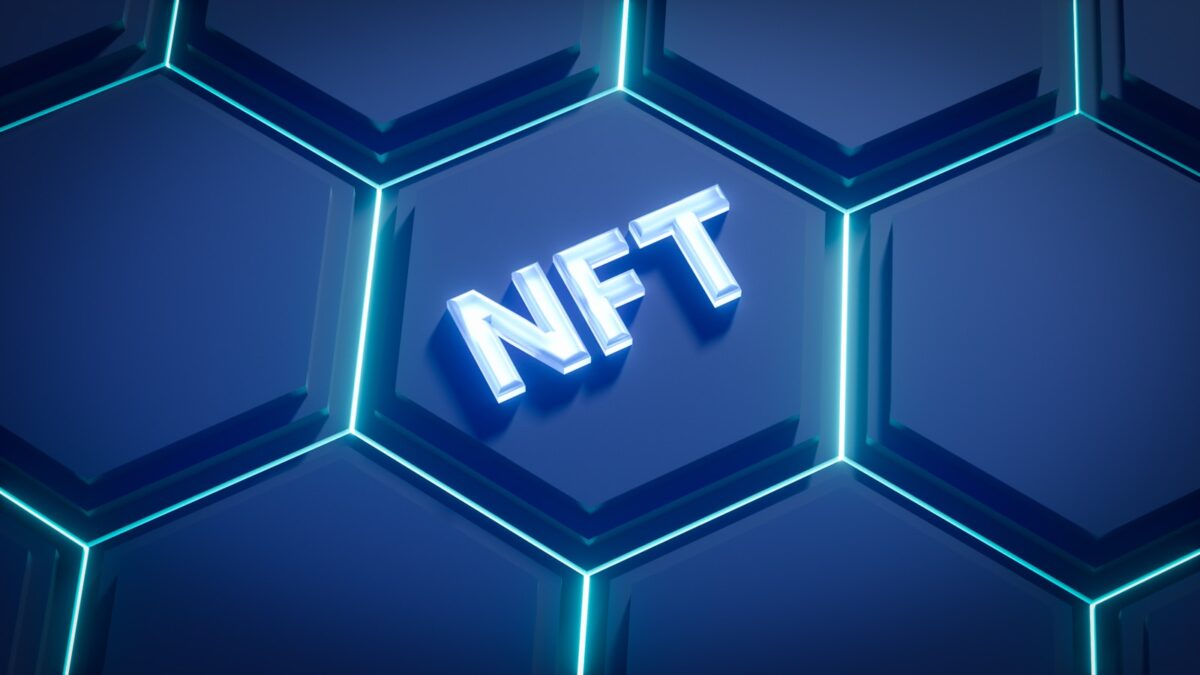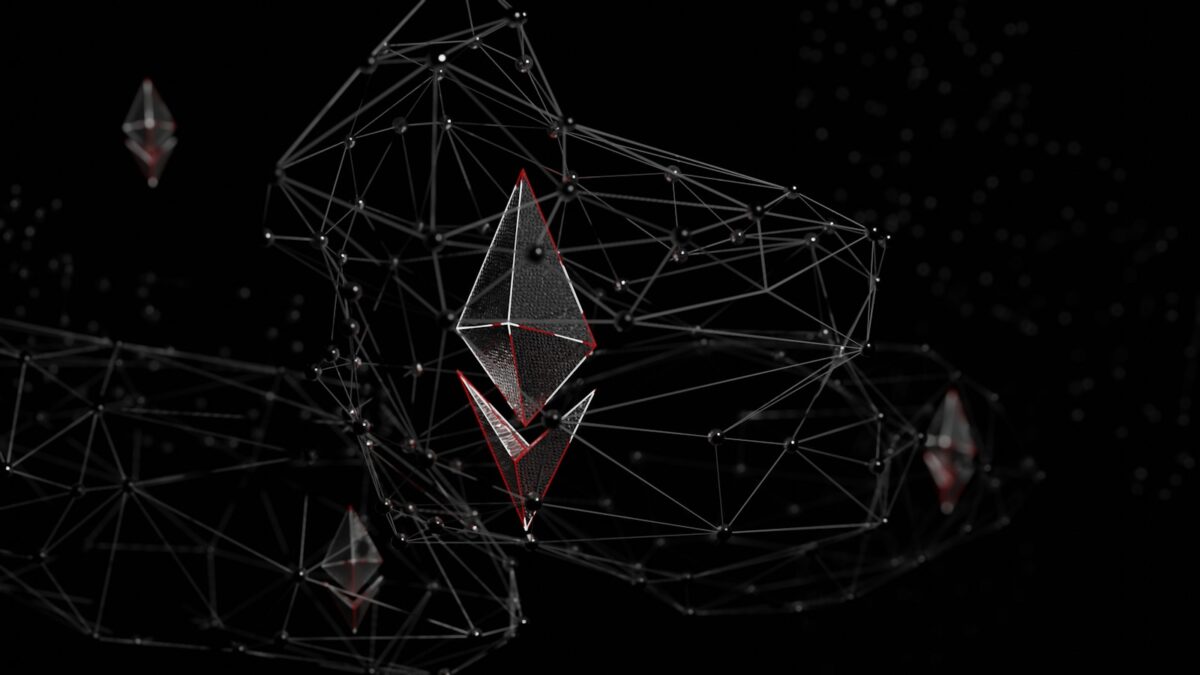
Quantum resistance in crypto

Cryptography must undergo a systematic upgrade to withstand the capabilities of next-generation computing devices. Traditional public-key systems, such as RSA and ECC, face imminent obsolescence due to breakthroughs in computational paradigms that can efficiently solve underlying mathematical problems. Transitioning to post-quantum algorithms is not optional but necessary to preserve long-term confidentiality and integrity.
The primary challenge lies in selecting algorithms that balance performance with robustness against attacks exploiting novel computational models. Current research identifies lattice-based, code-based, multivariate, and hash-based cryptosystems as promising candidates capable of delivering adequate protection. Practical implementation demands thorough evaluation through standardized testing frameworks designed to simulate future adversarial scenarios.
An immediate focus should be placed on integrating these advanced schemes within existing infrastructure while maintaining interoperability and minimizing disruption. Incremental adoption strategies enable organizations to experimentally validate security improvements and adapt protocols accordingly. Preparing for this evolution ensures resilience against emerging threats targeting sensitive data and communications.
Quantum resistance in crypto
To maintain security against emerging computational capabilities, upgrading cryptographic methods to post-quantum standards is imperative. Current encryption schemes relying on classical hardness assumptions face increasing threats from novel processing paradigms that could compromise traditional protection mechanisms.
Implementing post-quantum algorithms offers a pathway toward safeguarding sensitive data and transactional integrity within distributed ledger technologies. These new schemes are designed to withstand attacks leveraging advanced mathematical operations beyond classical computation limits.
Challenges and Approaches in Post-Quantum Cryptography
The primary challenge lies in developing algorithms that balance security, efficiency, and compatibility with existing infrastructures. Lattice-based constructions, hash-based signatures, code-based systems, and multivariate quadratic equations represent major families under active research for their robustness against unconventional computational attacks.
For example, lattice-based cryptography demonstrates resilience through hard problems like the Shortest Vector Problem (SVP), which remain difficult even with increased processing power. Hash-based signature schemes provide strong guarantees for data authentication but often require larger key sizes or stateful management strategies.
A critical consideration is the integration process: seamless upgrades must ensure backward compatibility without sacrificing performance or usability. Hybrid approaches combining classical and innovative protocols allow gradual transition phases while maintaining operational continuity.
Experimental deployments in blockchain environments reveal insights into practical constraints such as transaction throughput, latency impacts, and hardware demands. Evaluations performed on testnets employing post-quantum digital signatures highlight trade-offs between enhanced protection and resource consumption, guiding optimization efforts for real-world adoption.
Post-quantum algorithms overview
Adopting post-quantum cryptographic algorithms is a necessary step to enhance protection against the computational capabilities of future large-scale quantum machines. These algorithms are designed to maintain security by relying on mathematical problems that remain hard for emerging quantum processors, ensuring an upgrade in data confidentiality and integrity. Organizations should prioritize integrating these solutions into existing infrastructure to mitigate threats posed by advances in computing power.
Current post-quantum schemes focus on diverse mathematical foundations such as lattice-based constructions, code-based systems, multivariate polynomial equations, and hash-based signatures. Each category offers distinct advantages and trade-offs regarding key size, computational efficiency, and implementation complexity. Selecting appropriate algorithms depends on specific use cases and desired security levels against evolving adversarial models.
Lattice-based cryptography
Lattice problems like Learning With Errors (LWE) underpin several promising post-quantum proposals due to their strong theoretical guarantees and adaptability. Algorithms based on lattices provide mechanisms for public-key encryption, digital signatures, and key exchange protocols with feasible performance metrics. For example, CRYSTALS-Kyber has been standardized by NIST for encryption purposes, highlighting its suitability as a practical alternative resistant to advanced computational attacks.
Code-based and multivariate approaches
Code-based systems such as Classic McEliece rely on error-correcting codes to offer long-term security but often require larger key sizes compared to other families. Meanwhile, multivariate schemes involve solving complex systems of polynomial equations over finite fields; although efficient in signature generation, they face challenges with key management and scalability. Both approaches contribute valuable diversity in the portfolio of defenses against increasing computational threats.
Hash-based signatures
Hash-oriented methods like XMSS (eXtended Merkle Signature Scheme) present robust options focused exclusively on digital signatures utilizing well-established hash functions. These constructions guarantee forward security even if some internal components become vulnerable later. Their simplicity stems from relying solely on collision-resistant hashing rather than number-theoretic assumptions vulnerable to novel attack vectors.
Implementation considerations and transition strategies
Migrating towards post-quantum secure algorithms requires careful analysis of integration costs and interoperability with legacy protocols. Hybrid schemes combining classical and post-quantum elements serve as intermediate solutions enabling gradual adaptation while maintaining baseline defense levels. Continuous testing under realistic scenarios remains essential to verify security claims and performance benchmarks before widespread deployment.
Impact of Quantum Attacks on Keys
Immediate enhancement of cryptographic algorithms is necessary to counteract emerging computational threats capable of compromising current key structures. Traditional asymmetric encryption methods such as RSA and ECC rely on mathematical problems vulnerable to specialized quantum computing techniques, notably Shor’s algorithm, which can factor large integers and compute discrete logarithms exponentially faster than classical approaches. This vulnerability exposes private keys to potential extraction, undermining the foundational security assumptions of many systems.
Protection strategies must incorporate post-quantum cryptographic schemes designed to withstand advanced computational models. Lattice-based, hash-based, and multivariate polynomial algorithms demonstrate promising attributes for maintaining confidentiality against adversaries utilizing quantum resources. For example, lattice-based constructions like NTRU provide a balance between efficiency and security, enabling practical deployment while offering robust defense mechanisms resistant to both classical and unconventional attacks.
The necessity for systematic upgrades spans beyond algorithmic substitution; it involves comprehensive protocol redesigns integrating forward-secure key exchanges and hybrid cryptosystems combining classical and novel primitives. These measures ensure transitional resilience during the shift towards future-proof infrastructure. Notably, experimental implementations in blockchain environments reveal that layered protection schemes significantly reduce exposure windows by limiting the lifespan of any single key pair against emerging computational capabilities.
Quantitative assessments emphasize the urgency of proactive adaptation: studies indicate that quantum-enabled adversaries may recover keys from 2048-bit RSA within minutes once sufficiently powerful hardware becomes accessible. Simulation data also highlight increased vulnerability in signature schemes based on elliptic curves without proper mitigation. Continuous research into algorithmic hardness assumptions aligned with evolving machine architectures will drive effective defenses, reinforcing long-term integrity across distributed ledger technologies and other critical applications.
Integrating Post-Quantum Safe Signature Schemes for Enhanced Security
The deployment of signature schemes based on post-quantum algorithms is a necessary upgrade to ensure long-term protection against emerging computational capabilities. Conventional cryptographic methods, primarily reliant on discrete logarithm or factorization problems, are vulnerable to advanced computational models capable of solving these tasks efficiently. Therefore, transitioning to signature protocols grounded in lattice-based, hash-based, or multivariate polynomial constructions presents a viable path toward enhanced security frameworks.
Implementing these novel algorithms demands rigorous evaluation of their performance and compatibility with existing infrastructure. Key metrics include signature size, computational overhead, and verification speed – all critical factors influencing system scalability and user experience. For instance, the CRYSTALS-Dilithium algorithm demonstrates a balanced profile with moderate signature sizes and verification times suitable for many blockchain environments seeking robust integrity guarantees.
Technical Aspects of Algorithmic Transition
Upgrading cryptographic primitives involves not only selecting appropriate mathematical foundations but also addressing integration challenges such as key management and backward compatibility. A phased approach often proves effective: initial deployment within test networks allows monitoring of practical parameters under real-world conditions. This methodology was employed by certain projects that integrated lattice-based signatures alongside classical counterparts before full migration, thereby maintaining operational continuity while assessing resistance levels.
Protection against adversaries wielding advanced computational resources requires adopting schemes proven through extensive peer-reviewed research and standardization efforts. The National Institute of Standards and Technology (NIST) has identified several candidates following stringent selection rounds, focusing on security proofs against both classical and emerging attack vectors. These vetted algorithms provide a scientifically sound basis for upgrading digital signature infrastructures.
- Lattice-based approaches (e.g., CRYSTALS-Dilithium)
- Hash-based signatures (e.g., SPHINCS+)
- Multivariate polynomial systems (e.g., Rainbow)
Each category offers distinct trade-offs between computational demands and security assurances. Experimental deployments reveal that hash-based signatures present larger data footprints but offer strong theoretical protection, while lattice-based schemes strike a balance conducive to widespread adoption. Selecting the appropriate method depends heavily on application-specific constraints including transaction throughput requirements and storage limitations.
The future-proofing of authentication mechanisms necessitates continuous research into hybrid solutions combining classical cryptography with post-quantum techniques to safeguard transitional phases effectively. Such dual-layered strategies enable systems to resist threats from currently known algorithms as well as anticipated advancements without sacrificing immediate operational efficiency.
Conclusion: Strategic Upgrades Toward Post-Quantum Security
Immediate implementation of algorithmic upgrades integrating post-quantum cryptographic schemes is essential for safeguarding blockchain infrastructures against emerging computational threats. Networks must prioritize modular consensus mechanisms and flexible smart contract frameworks that enable seamless transition without compromising ledger integrity or performance metrics.
Resistance to adversarial advances hinges on the adoption of lattice-based, hash-based, or code-based algorithms proven resilient under quantum-capable attack models. Experimental deployments, such as hybrid signature schemes combining classical and novel protocols, demonstrate viable pathways toward maintaining security guarantees while minimizing disruption.
Key Technical Insights and Future Directions
- Algorithmic agility: Designing blockchains with pluggable cryptographic layers facilitates iterative upgrades aligned with breakthroughs in post-quantum research.
- Layered defense: Employing multi-factor authentication incorporating zero-knowledge proofs alongside advanced key encapsulation mechanisms enhances overall system robustness.
- Backward compatibility: Strategies ensuring legacy data protection through re-signature or checkpointing guard against retrospective exploitation once quantum capabilities mature.
- Performance trade-offs: Careful benchmarking of proposed algorithms under realistic transaction loads informs balanced decisions between throughput, latency, and security margins.
The broader impact involves a paradigm shift from static cryptographic assumptions to adaptive frameworks responsive to evolving computational landscapes. This evolution invites collaborative experimental validation across testnets and incentivized audit networks to refine migration methodologies. By fostering an ecosystem where upgrade paths are transparent and verifiable, stakeholders can collectively mitigate risks posed by advanced decoding technologies while preserving decentralized trust models.
The trajectory toward post-quantum-secure ledgers is not merely a theoretical exercise but a pressing operational imperative. Encouraging systematic exploration of hybrid cryptosystems and continuous integration of research outputs will cultivate resilient architectures prepared for the imminent transformation in threat capabilities.


